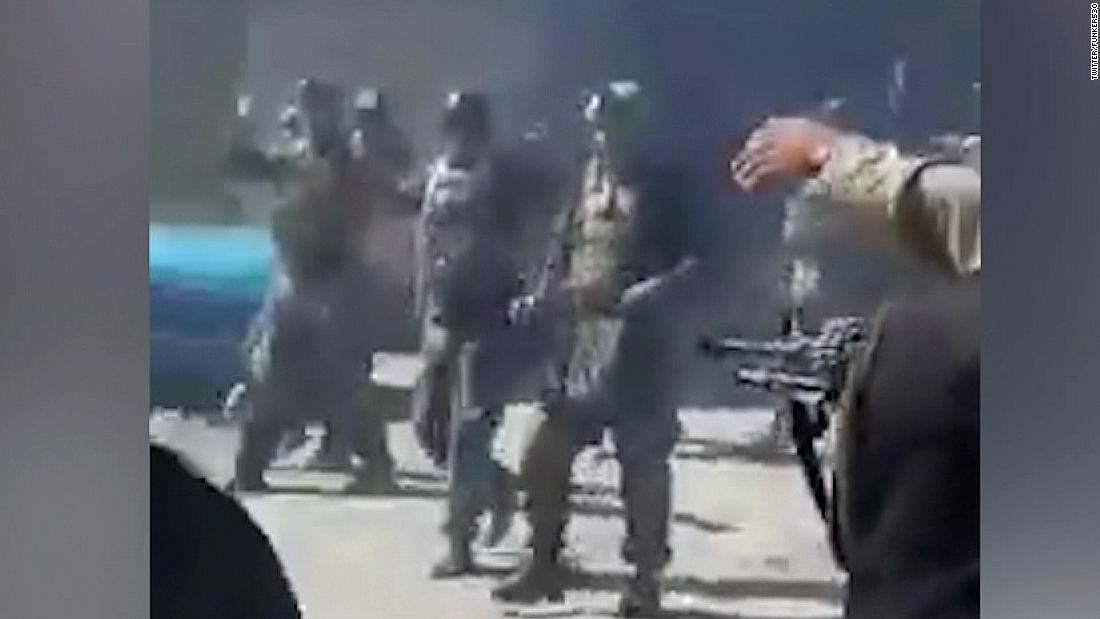Gore: Uncensored Reality & Shocking Videos - Viewer Discretion Advised
Are you prepared to confront the raw, unfiltered reality of life and death, or would you rather turn away from the shadows? The online world is awash with content depicting extreme violence, and understanding its pervasiveness and impact is more critical than ever.
The digital landscape, once envisioned as a utopian space for connection, has become a breeding ground for content that pushes the boundaries of what's considered acceptable. "Livegore" and similar platforms have emerged as havens for uncensored news media, showcasing accidents, crimes, and events that defy easy categorization. These platforms, often referred to as "shock sites," offer a visceral glimpse into the darkest corners of human experience, featuring collections of gore videos, often categorized by brutality and extremity. The allure, for some, lies in the supposed authenticity a stark, unvarnished view of the world that bypasses the filters of traditional media.
One such category delves into the specifics of violent acts, like the brutal execution carried out by "Herrera's assassins," dismembering their victims with a cold precision. Such content is designed to shock and horrify, and the availability of such videos has seen a dramatic increase in recent years, raising critical questions about their effect, the ethical boundaries involved, and the responsibility of both the people viewing the content and those who create it.
These platforms, from the now-defunct "Ogrish," which served as a starting point for many, to contemporary websites such as "Usacrime" and "Xgore.net," host an array of disturbing content. This includes execution videos, beheadings, torture, and the like. The content often comes with explicit warnings content advisory, viewer discretion is strongly advised, and age restrictions (usually 18 or older). Still, the ease with which one can stumble upon such materials is troubling, and the potential impact on the viewer is a cause for concern.
Often, the content draws from real-world incidents, blurring the lines between news and entertainment. One may come across videos depicting the aftermath of a crime, grainy security camera footage of a workshop, or the shocking sight of an Indian man lighting himself ablaze. The purpose of such content is to be shocking. The graphic content of these videos is something you can not escape from.
The rise of gore content has spurred debates about free speech, censorship, and the role of the internet in shaping our understanding of the world. The accessibility of such content also raises questions about the emotional impact on viewers, the potential for desensitization to violence, and the ethical implications of sharing such material.
In response to the closure of popular platforms, alternative sites have sprung up, aiming to provide similar content. Websites such as "Justalternativeto" aim to help people find these sites. The existence of these alternatives makes it difficult to contain the spread of this content.
The term "splatter film" helps us to understand this. This is a subgenre of horror films that intentionally showcases graphic gore and violence. These films often use the human body's vulnerability to create a theatrical effect.
Gore isn't something to be taken lightly, and the need to understand how gore content operates is paramount. It is important to be responsible for the content we view. We need to understand the ethics of creating and sharing such content, and how it affects viewers. We must have conversations about the impact of gore content and the responsibilities of creators and consumers alike.
Viewer discretion is strongly advised when encountering such content. The images and videos can be disturbing and may cause emotional distress. The goal is to create content that is not harmful.
The origins of shock sites can be traced back to the early days of the internet, with platforms like "Liveleak" starting as an offshoot of the original shock sites like "Ogrish." The motivation was to provide a space where the limits of online content could be pushed.
The content found on these sites can range from depictions of war and criminal acts to clandestine operations. They provide a space for documenting shocking events, often from around the world. While these sites can sometimes provide an uncensored view of events, they often lack context and can be used to spread misinformation. One example is the video of a massacre that appeared on "Hoodsite," which showed people lined up against a wall before an unknown event occurred.
It is essential to approach this kind of content with critical eyes, recognizing its potential to be shocking and disturbing. The availability of this content poses numerous questions about the boundaries of online expression.
The focus on gore videos is a reflection of the current state of the internet. This content challenges the ethical and legal frameworks that regulate online content. It is important to have discussions to address these challenges.
Understanding the environment in which these videos are created and shared is essential to understanding the complex nature of gore content. This involves understanding the content creators, the motivations behind the creation of such content, and the platforms that are utilized.
Many people may wonder about the closure of "Bestgore," but luckily there are many alternatives available. Many websites provide lists of these sites.
As a rule of thumb, a shock site or gore site is usually a place where the extreme is showcased. The purpose is not to inform, but to shock. Viewer discretion is crucial.
The purpose of this article is to inform the reader about the nature of gore content, and the sites that are involved in disseminating that content. The article addresses the ethical considerations, and the responsibilities of the people who create and view it.


